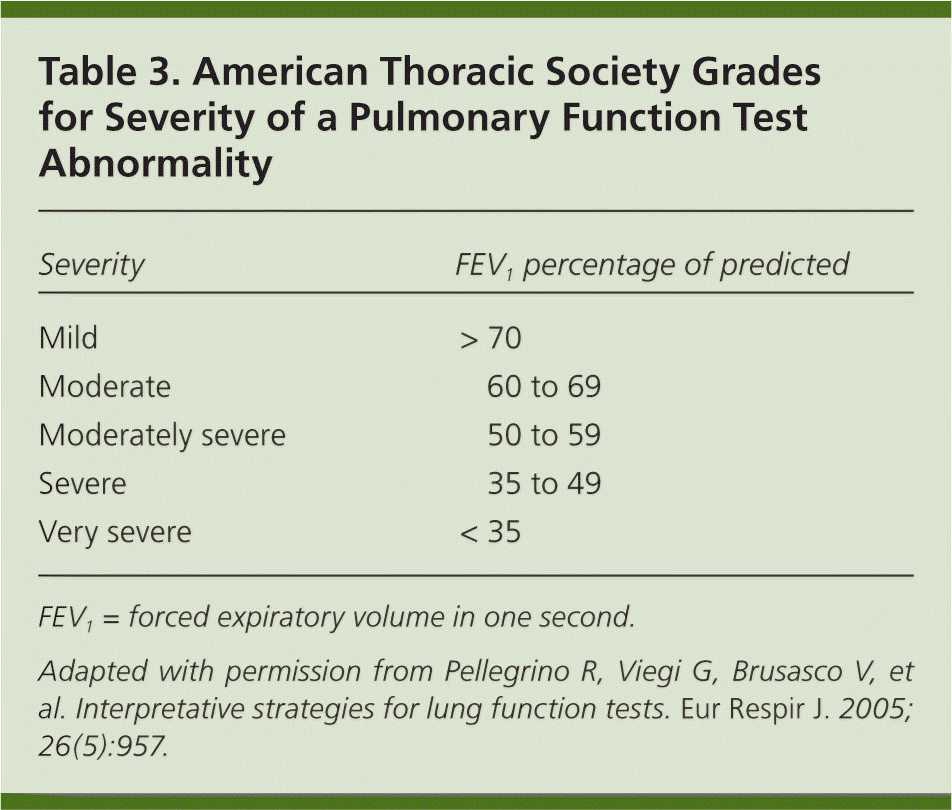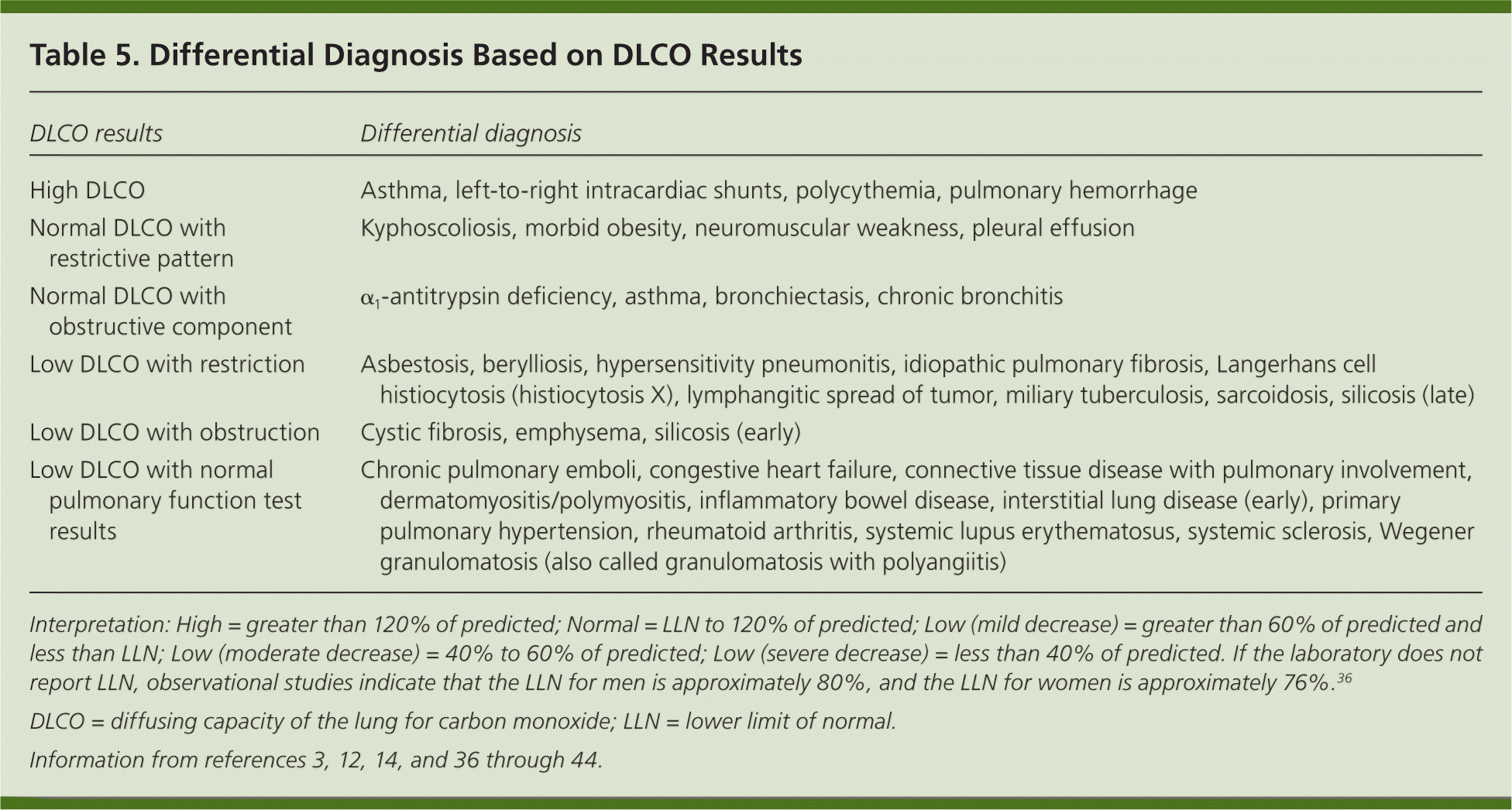top of page
Respirology Clinic:
This module aims to expose you to numerous breath sounds which will increase your sensitivity/specificity in detecting pathology. The more you hear, the better you are at auscultating pathology in real life. The module also has a stepwise approach to interpreting PFTs, a pulmonary test that you will see numerous times in internal, emergency, and family medicine.
1) Breath Sounds:


Normal Sounds
Crackles/Rales
Wheeze
Rhonchi
Stridor
Pleural Rub
2) Interpreting PFTs:
1- Determine if the FEV1/FVC Ratio is low
2- Determine if FVC is low
3- Look at DLCO, if restrictive should be normal
4- Grade the severity of the abnormality by looking at FEV1




bottom of page